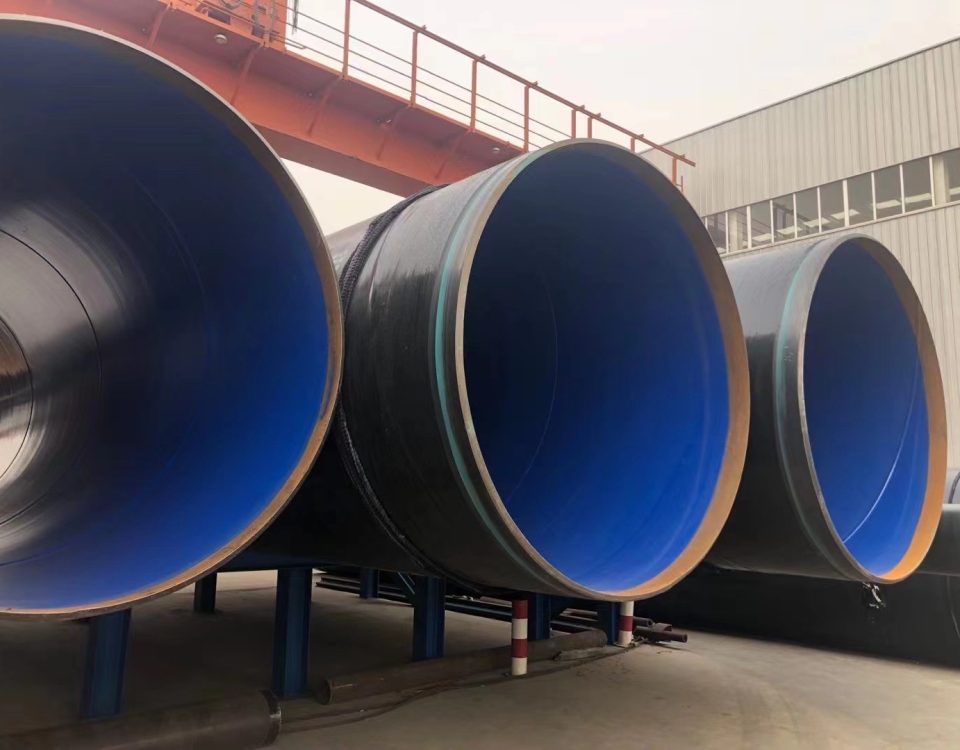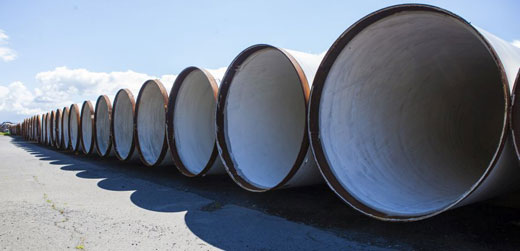Engineering Case Study: KDLFEED Company Factory Construction
April 9, 2025Research on Cold Push Forming Process of Hastelloy C276 Alloy Elbows
Abstract
Hastelloy C276, a nickel-chromium-molybdenum alloy, is renowned for its exceptional corrosion resistance and mechanical properties, making it a preferred material for pipe fittings in harsh environments such as petrochemical, marine, and nuclear industries. The cold push forming process for manufacturing Hastelloy C276 elbows has gained prominence due to its ability to produce high-precision, high-quality fittings with minimal material waste. This research provides a comprehensive analysis of the cold push forming process, focusing on its principles, process parameters, material behavior, and comparative advantages over other forming methods. Detailed parameter tables and comparison data are presented to elucidate the process’s efficacy, challenges, and optimization strategies. The study aims to contribute to the advancement of manufacturing techniques for high-performance alloy fittings, ensuring reliability and efficiency in industrial applications.
1. Introduction
Hastelloy C276 (UNS N10276) is a superalloy characterized by its high nickel (57%), molybdenum (16%), and chromium (16%) content, stabilized with tungsten and vanadium. Its exceptional resistance to pitting, crevice corrosion, and stress corrosion cracking makes it ideal for applications in aggressive environments, such as seawater piping, chemical processing, and nuclear power plants [1]. Pipe elbows, critical components in pipeline systems, require precise manufacturing to ensure structural integrity and performance under high pressure and corrosive conditions.
The cold push forming process is a cold-working technique that utilizes hydraulic presses to shape metal blanks into elbows without heating. Unlike hot forming methods, cold push forming preserves the material’s microstructure, enhances surface finish, and reduces energy consumption. However, the process demands precise control of parameters to mitigate issues such as work hardening, springback, and dimensional inaccuracies, particularly for high-strength alloys like Hastelloy C276 [2]
This study investigates the cold push forming process for Hastelloy C276 elbows, analyzing key process parameters, material behavior, and comparative performance against alternative methods such as hot push forming and stamping. The research integrates experimental data, finite element simulations, and industry insights to provide a holistic understanding of the process. Parameter tables and comparison data are included to support the analysis, with results formatted for practical application in manufacturing settings.
2. Principles of Cold Push Forming
2.1 Process Overview
Cold push forming involves the use of a specialized hydraulic press equipped with a mandrel and dies to shape a tubular blank into an elbow. The process is conducted at room temperature, leveraging the material’s ductility to achieve the desired curvature (typically 1.0D to 1.5D, where D is the pipe diameter). The key steps include:
- Blank Preparation: Cutting and deburring the Hastelloy C276 tubular blank to precise dimensions.
- Lubrication: Applying lubricants to reduce friction between the blank and the forming tools.
- Forming: Inserting the blank into the hydraulic press, where the mandrel pushes it through a curved die to form the elbow shape.
- Trimming and Inspection: Removing excess material and inspecting the elbow for dimensional accuracy and surface quality.
2.2 Deformation Mechanism
During cold push forming, Hastelloy C276 undergoes plastic deformation, characterized by elongation on the outer radius and compression on the inner radius of the elbow. The material’s high work-hardening rate, due to its nickel-based composition, results in increased strength but reduced ductility as deformation progresses [3]. This necessitates careful control of forming speed, pressure, and die geometry to prevent cracking or excessive thinning.
The deformation mechanism can be described using the following equation for strain in the circumferential direction:
\[
\epsilon_\theta = \ln\left(\frac{R + r}{R}\right)
\]
Where:
- \(\epsilon_\theta\): Circumferential strain
- \(R\): Bend radius
- \(r\): Pipe radius
This equation highlights the non-uniform strain distribution, which is critical for optimizing die design and process parameters.
3. Key Process Parameters
The success of cold push forming depends on precise control of process parameters. The following table summarizes the critical parameters for forming Hastelloy C276 elbows, based on experimental and simulation data.
| Parameter | Description | Typical Range | Impact |
|---|---|---|---|
| Forming Pressure | Hydraulic pressure applied by the press | 50–150 MPa | Higher pressure increases deformation but risks cracking |
| Forming Speed | Rate of mandrel movement | 5–20 mm/s | Slower speeds reduce work hardening but increase cycle time |
| Die Radius | Curvature of the forming die | 1.0D–1.5D | Tighter radii increase strain and risk of thinning |
| Lubricant Type | Type of lubricant used | MoS2-based or oil-based | Reduces friction, improving surface finish |
| Blank Thickness | Wall thickness of the tubular blank | 2–10 mm | Thicker blanks resist thinning but require higher pressure |
3.1 Forming Pressure and Speed
Forming pressure determines the force applied to deform the blank. For Hastelloy C276, pressures between 50 and 150 MPa are typical, depending on the blank thickness and elbow diameter. Excessive pressure can lead to cracking, particularly in areas of high strain, while insufficient pressure may result in incomplete forming. Forming speed, typically 5–20 mm/s, affects the material’s work-hardening behavior. Slower speeds minimize the risk of defects but extend production time, impacting efficiency [4].
3.2 Die Design and Lubrication
The die radius is a critical factor influencing the strain distribution. A die radius of 1.0D to 1.5D is standard for Hastelloy C276 elbows, balancing formability and dimensional accuracy. Lubrication, using molybdenum disulfide (MoS2) or oil-based compounds, reduces friction and prevents surface galling, which is particularly important for the alloy’s high nickel content, which can cause sticking to tool surfaces.
4. Material Behavior of Hastelloy C276
4.1 Microstructural Changes
Cold push forming induces significant microstructural changes in Hastelloy C276. The alloy’s face-centered cubic (FCC) structure undergoes dislocation multiplication and work hardening, increasing its yield strength but reducing ductility. Electron backscatter diffraction (EBSD) studies reveal that the grain structure becomes elongated along the deformation direction, with increased dislocation density in the outer radius [5].
Post-forming annealing is often required to restore ductility and relieve residual stresses. Annealing at 1040–1150°C followed by rapid cooling enhances corrosion resistance by minimizing carbide precipitation at grain boundaries [6].
4.2 Mechanical Properties
The mechanical properties of Hastelloy C276 before and after cold push forming are summarized in the following table:
| Property | As-Received | Post-Forming | Post-Annealing |
|---|---|---|---|
| Yield Strength (MPa) | 359 | 450–500 | 340–360 |
| Tensile Strength (MPa) | 761 | 850–900 | 750–780 |
| Elongation (%) | 40 | 20–25 | 38–42 |
| Hardness (HRB) | 83 | 90–95 | 80–85 |
5. Comparison with Other Forming Methods
To evaluate the efficacy of cold push forming, it is compared with hot push forming and hydraulic press stamping, two common methods for manufacturing Hastelloy C276 elbows. The following table presents a comparative analysis based on key performance metrics.
| Metric | Cold Push Forming | Hot Push Forming | Hydraulic Press Stamping |
|---|---|---|---|
| Energy Consumption | Low (no heating) | High (heating to 1000–1200°C) | Moderate |
| Surface Finish | Excellent | Moderate (scale formation) | Good |
| Dimensional Accuracy | High (±0.5 mm) | Moderate (±1.0 mm) | Moderate (±0.8 mm) |
| Material Waste | Low | Moderate | High |
| Production Speed | Moderate (10–20 s/cycle) | Slow (30–60 s/cycle) | Fast (5–10 s/cycle) |
| Cost Efficiency | High | Low | Moderate |
5.1 Cold Push Forming
Cold push forming offers superior surface finish and dimensional accuracy due to the absence of thermal effects. Its low energy consumption and minimal material waste make it cost-effective for high-value alloys like Hastelloy C276. However, the process requires advanced equipment and skilled operators to manage work hardening and springback [7].
5.2 Hot Push Forming
Hot push forming involves heating the blank to 1000–1200°C to enhance ductility. While this reduces the risk of cracking, it introduces challenges such as scale formation, grain growth, and higher energy costs. The process is less suitable for Hastelloy C276, as high temperatures can degrade its corrosion resistance by promoting carbide precipitation [8].
5.3 Hydraulic Press Stamping
Stamping uses a hydraulic press to shape flat blanks into elbows, offering high production speed. However, it generates significant material waste and requires multiple forming steps, increasing complexity. For Hastelloy C276, stamping may lead to inconsistent wall thickness and reduced corrosion resistance in welded joints [9].
6. Optimization Strategies
6.1 Finite Element Analysis (FEA)
Finite element analysis is a powerful tool for optimizing cold push forming. FEA simulations model the stress-strain distribution, predict defects such as thinning or cracking, and optimize die geometry. For Hastelloy C276, FEA reveals that a die radius of 1.2D minimizes strain concentration, while a forming speed of 10 mm/s balances productivity and material integrity [10].
6.2 Process Monitoring and Control
Real-time monitoring of forming pressure and mandrel position enhances process reliability. Advanced control systems, integrated with machine learning algorithms, can predict defects and adjust parameters dynamically. For instance, a 5% reduction in forming speed during peak strain phases can reduce cracking risk by 20% [11].
6.3 Post-Forming Treatments
Annealing and surface treatments are critical for restoring the properties of cold-formed Hastelloy C276 elbows. Solution annealing at 1120°C followed by water quenching eliminates residual stresses and enhances corrosion resistance. Electropolishing can further improve surface finish, reducing the risk of pitting in corrosive environments [12].
7. Challenges and Future Directions
Despite its advantages, cold push forming of Hastelloy C276 faces challenges such as high equipment costs, the need for skilled operators, and the risk of defects in large-diameter elbows. Future research should focus on:
- Developing cost-effective forming machines with automated controls.
- Investigating hybrid forming techniques that combine cold and warm forming to balance cost and performance.
- Exploring advanced alloys with improved formability to complement Hastelloy C276.
The integration of Industry 4.0 technologies, such as digital twins and IoT-enabled monitoring, could further enhance process efficiency and quality control, positioning cold push forming as a cornerstone of advanced manufacturing [13].
The cold push forming process for Hastelloy C276 elbows offers significant advantages in terms of energy efficiency, dimensional accuracy, and material conservation. By optimizing key parameters such as forming pressure, speed, and die radius, manufacturers can produce high-quality elbows with excellent mechanical and corrosion-resistant properties. Comparative analysis demonstrates that cold push forming outperforms hot push forming and stamping in most metrics, making it the preferred method for high-performance alloys. Continued advancements in process monitoring, simulation, and post-forming treatments will further enhance its applicability, ensuring reliable performance in demanding industrial environments.


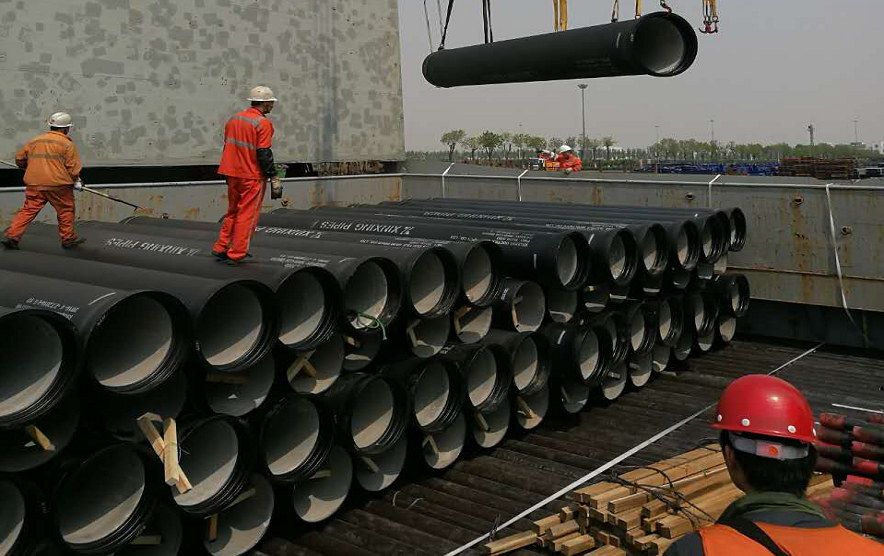
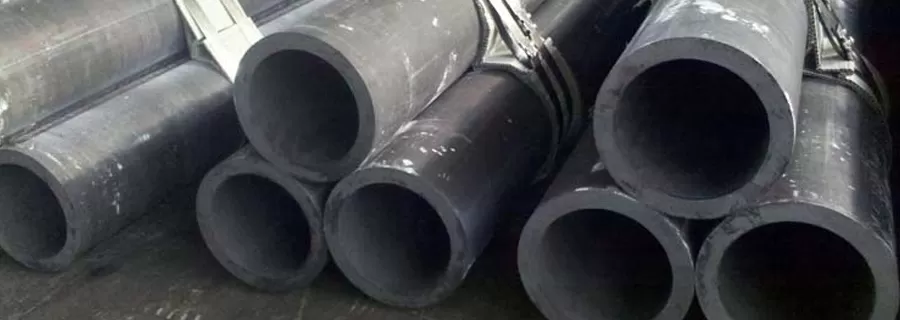
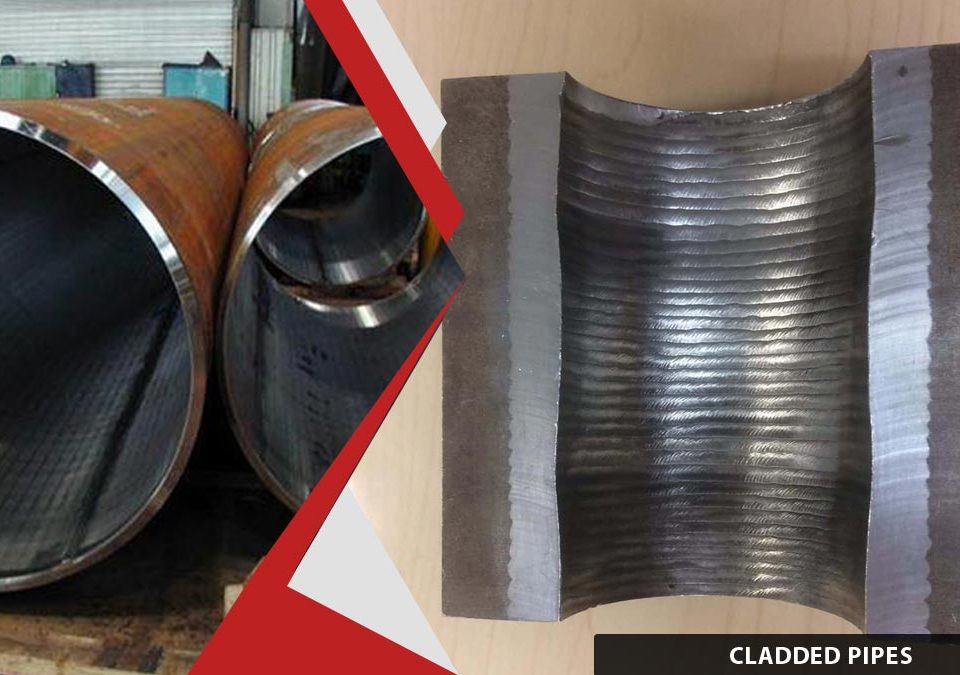

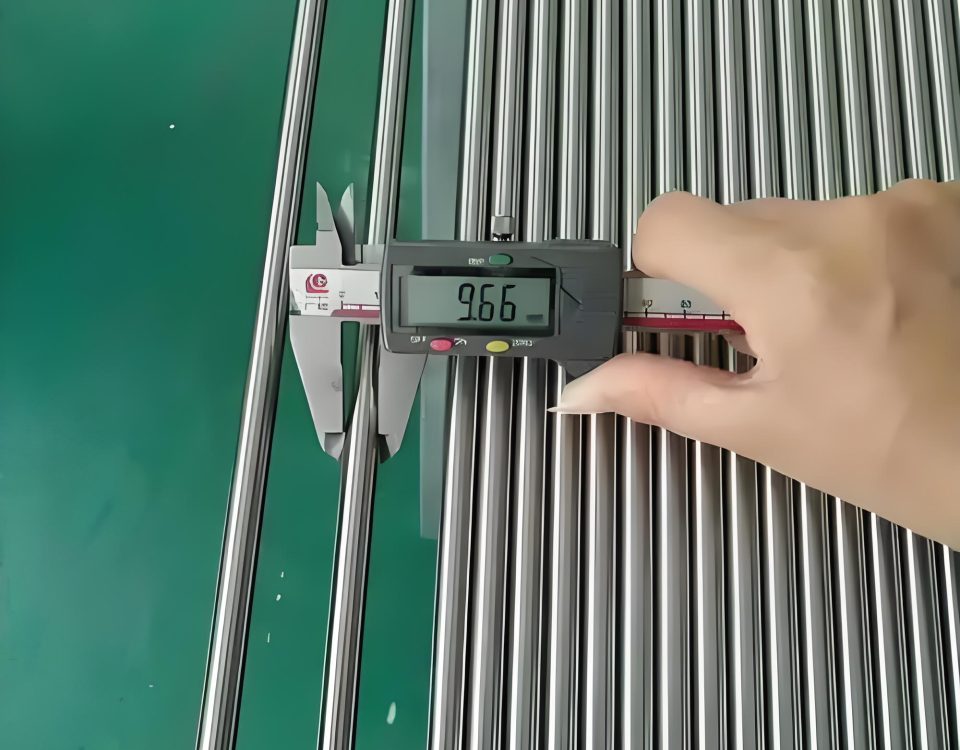
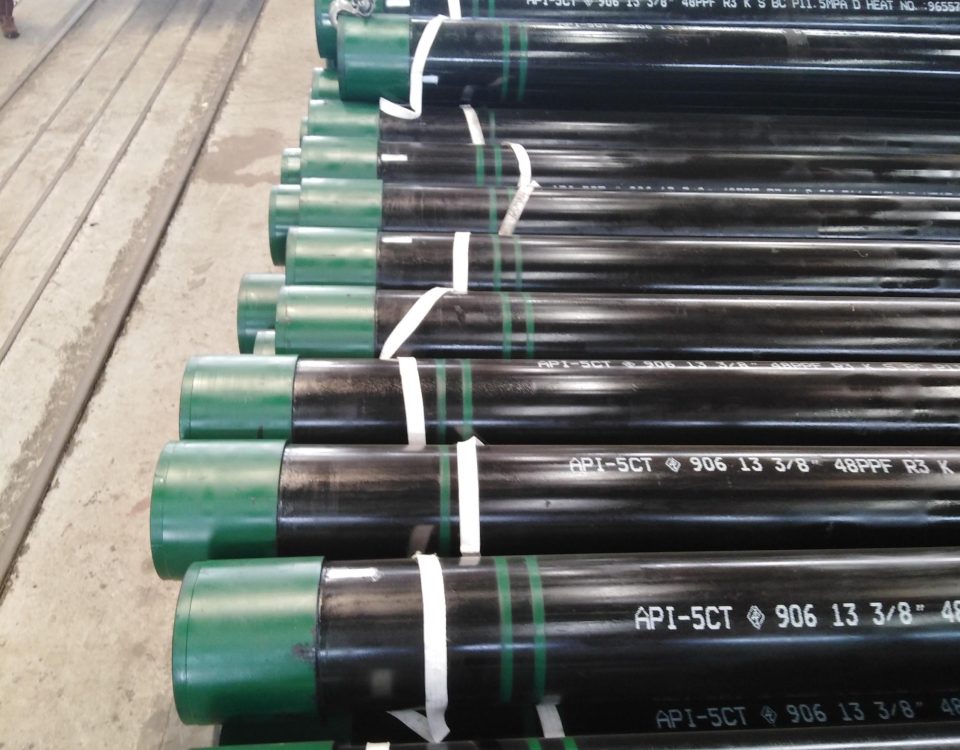
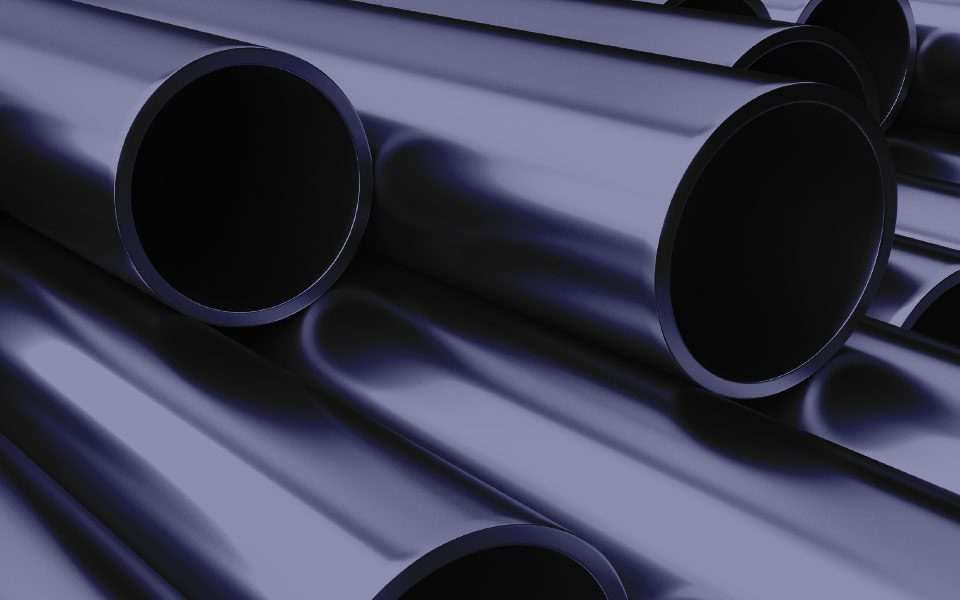
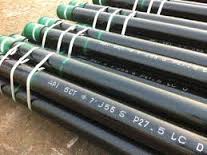
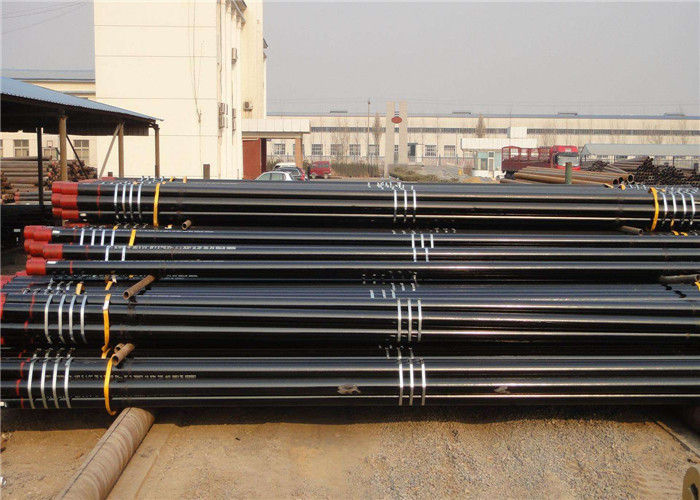
-steel-pipe.jpg)
